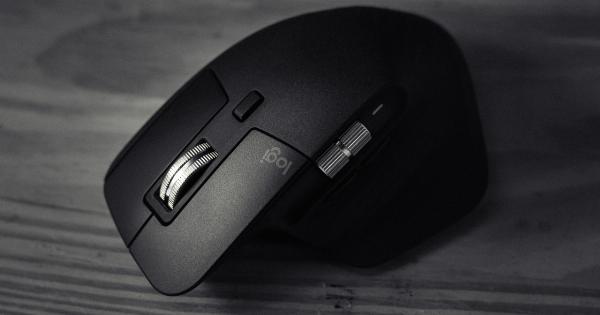Deciding to undergo hip replacement surgery can be a daunting decision. It is not just about finding the right surgeon, but also about choosing the most suitable type of procedure for your particular case.
There are two main options available: total hip replacement (THR) and partial hip replacement (PHR). Both surgeries aim to alleviate joint pain and improve mobility, but their approaches are different and come with various benefits and drawbacks.
What is Total Hip Replacement?
Total hip replacement, also known as total hip arthroplasty (THA), involves removing the entire damaged hip joint and replacing it with an artificial joint made of plastic, metal, or ceramic.
The prosthesis is composed of a stem that is inserted into the femur, a ball that is attached to the stem, and a metal or plastic cup that is attached to the pelvis to serve as a socket for the ball. The prosthesis is then fixed in place with cement, screws, or a combination of both.
What is Partial Hip Replacement?
Partial hip replacement, also called hemiarthroplasty, is a surgery that only replaces the ball of the hip joint and leave the socket intact.
This option is usually recommended for patients who suffer from a fractured hip, but only the ball part is damaged. The prosthesis used in this surgery usually consists of a stem and a ball, made of metal or ceramic, that is inserted into the femur.
Benefits of Total Hip Replacement
- Reduced Pain: THR can provide significant long-term pain relief, allowing patients to move more freely and perform daily activities without discomfort.
- Better Function: THR can also restore more normal hip function, including a wider range of motion and improved stability.
- Durable: The artificial joint used in THR is designed to last for several decades and can handle daily wear and tear without needing replacement.
Drawbacks of Total Hip Replacement
- Longer Recovery: THR is a major procedure that requires a longer hospital stay and recovery period. Patients may need to postpone certain activities for several months to allow the hip to fully heal.
- Potential Complications: Like all surgeries, THR carries risks, including infection, blood clots, dislocation, and nerve damage.
- High Cost: THR is an expensive procedure, especially if not covered by insurance.
Benefits of Partial Hip Replacement
- Shorter Recovery: PHR is a less invasive surgery that allows for a faster recovery and shorter hospital stay.
- Lower Cost: PHR is generally less expensive than THR, which can make it a more accessible option for some patients.
- Less Disruption to Joint: With PHR, only the damaged part of the hip joint needs to be replaced, potentially preserving more of the natural bone and tissue.
Drawbacks of Partial Hip Replacement
- Possible Need for Additional Surgery: Because PHR does not replace the entire joint, patients may require a revision procedure in the future if the socket eventually becomes damaged.
- Limited Functionality: While PHR may alleviate pain, it may not fully restore normal hip function and range of motion as THR can.
- Potential Loosening: The hip implant may not stay securely in place as long as a total hip replacement, especially if the socket deteriorates over time.
Which Option is Best for You?
The decision between total and partial hip replacement depends on many individual factors, including age, overall health, level of activity, extent of hip damage, and personal preferences.
Your doctor can help evaluate the pros and cons of each approach and recommend the most appropriate surgery for your situation.
In general, THR is typically recommended for patients with more extensive hip damage or osteoarthritis, while PHR may be more suitable for those with a fractured hip or limited joint damage.
However, there are exceptions, and additional factors may influence the decision, such as the patient’s lifestyle and occupation.
Conclusion
Both total and partial hip replacement surgeries can provide effective pain relief and improved mobility for patients suffering from hip joint damage.
Each approach has its own advantages and disadvantages, and the decision varies depending on the unique circumstances of each patient. Consult with your doctor to determine the best surgical option for your situation, and be prepared to weigh the costs and benefits carefully before making a final decision.























